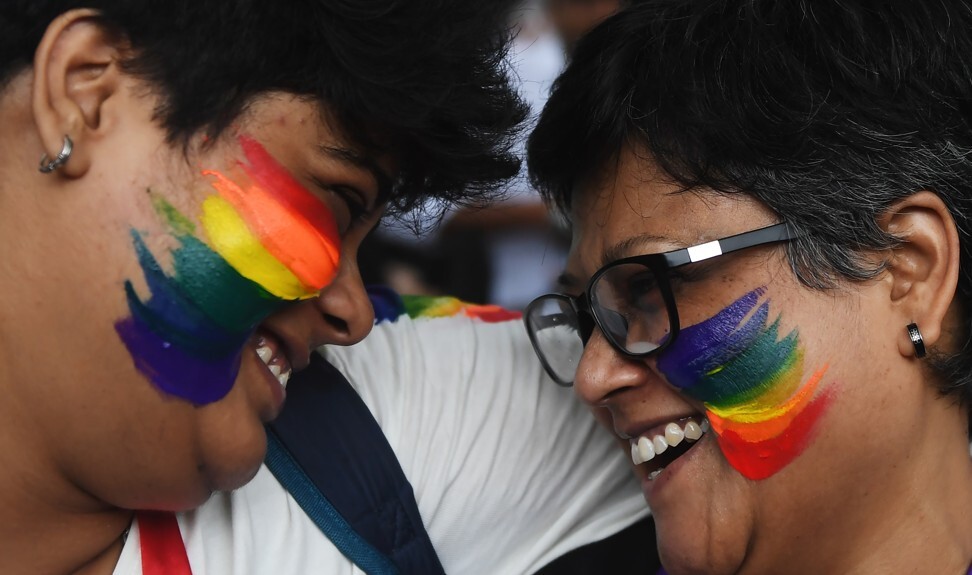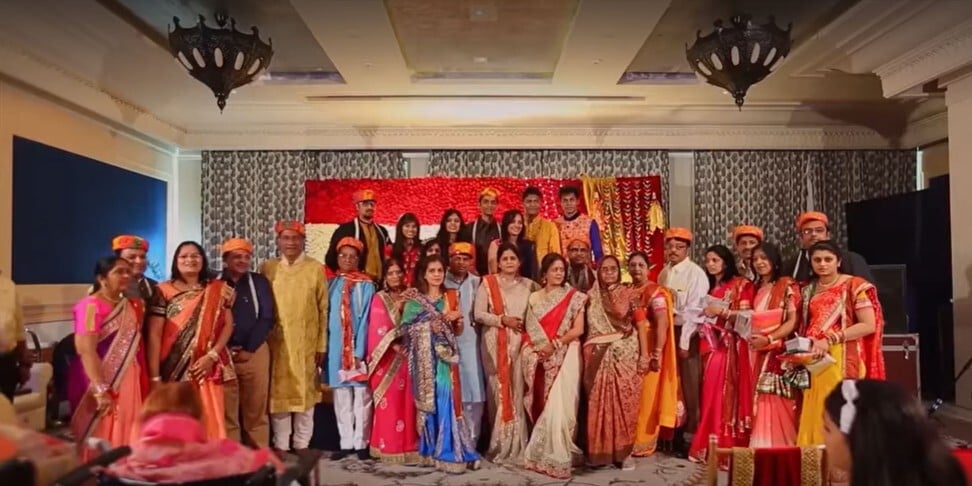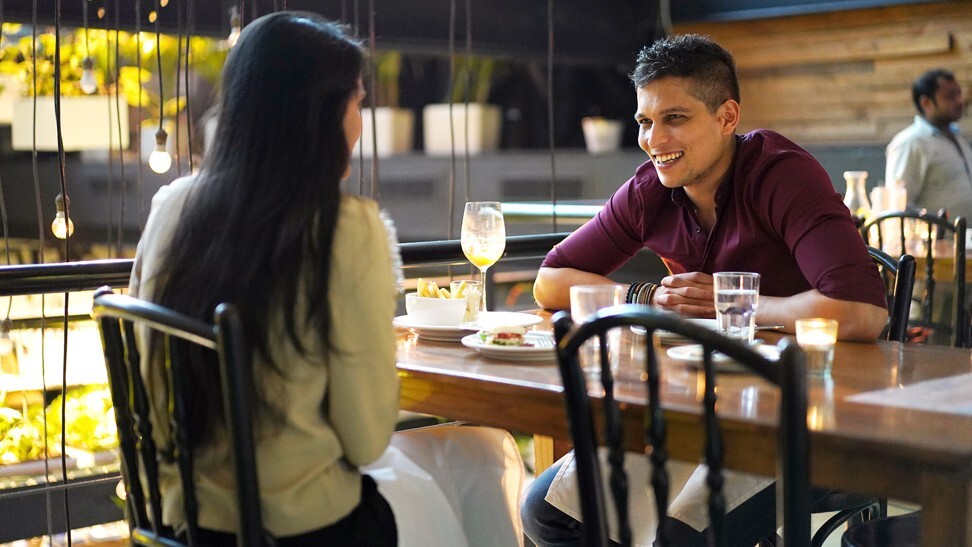Opinion / Indian Matchmaking perpetuates stereotypes, commodifies women and lacks diversity – but that’s the reality of India today

Even while the Netflix show Indian Matchmaking has grown into a global hit, it’s incensed many Indians. The issue isn’t that most couples don’t go for goat yoga on their first date. Critics accuse the show of stereotyping and commodifying women, lacking diversity and promoting a backwards vision of marriage where astrologers and meddling parents are more influential than the preferences of brides and grooms.

They complain that the series – which follows matchmaker Sima Taparia as she jets between Mumbai and the US to arrange marriages – perpetuates an outdated, offensive and regressive marriage market. In fact, the real problem may be viewers’ discomfort with the way marriage works in India, with social stability prized over individual happiness.

It’s true that India’s 1.35 billion citizens occupy different centuries simultaneously. A small fraction still practices child marriage, with some communities holding betrothal ceremonies as soon as a girl is born. At the other end of the spectrum, there is growing acceptance of queer relationships, divorce and even avoiding marriage altogether.

But most Indian marriages are still arranged. That’s because, for the most part, the purpose of marriage in Indian society is not love but family, children and social stability expressed by confining marriage within caste boundaries. According to the 2011-12 India Human Development Survey, only about 5 per cent of Indians marry outside their caste. The share has remained remarkably stable over the decades since independence, even though India’s economy and society have progressed in many other ways.
5 pioneering Bollywood stars who have spoken up for LGBTQ+ lives
Studies show that the education levels of the prospective bride or groom don’t make marriages across castes more likely. Even college-educated, urban, middle-class Indians show a strong preference to marry within caste.

This isn’t only a matter for Hindus either. Muslims in South Asia marry within their biradari or jaat – a stand-in for Hindu caste. Indian Christians differentiate between those who converted and those who came to India centuries ago; they marry based on whatever one’s caste was before conversion.
The reason Guyanese-born Nadia faces a limited set of options in the show is not because of her South American birth, but because Indians who were shipped as indentured labourers to the New World were mostly lower castes, or so perceived. American-born Indians are almost always upper caste and are highly valued in the Indian marriage market, despite or maybe because of, their “foreign” status.

The fact that Indian Matchmaking packages women as slim, tall, fair, presentable, likeable, flexible and so on is, once again, a consequence of using marriage to preserve caste lines. When the purpose of marriage is to find love, companionship and compatibility, then the focus is on the characteristics of the individual. The marriage market is akin to a matching market, similar to Tinder or Uber.
But, in a world where marriage exists to maintain caste lines, the nature of the marriage market more closely resembles a commodity market, where goods are graded into batches. Within every batch, the commodity is substitutable – as in wheat or coffee exchanges.
This is why reading matrimonial ads or listening to Sima going over biodata – a kind of matrimonial resume – is triggering for many Indian women. Once caste, family, economic strata, looks and height are graded, all women within a particular grade are considered substitutes for one another, primarily to continue the family line.

As for outrage over the show’s heterosexual focus, some of it is performative. Caste pressures are also present in the LGBTQ+ community in India. Indeed, one hot-button issue is whether, if same-sex marriage were made legal, regressive caste endogamy would permeate an otherwise progressive queer movement. When gay activist Harish Iyer’s mother posted a same-sex matrimonial ad for her son, she added, “caste no bar, (though Iyer preferred)” (Iyer refers to a sub-caste of Tamil-speaking Brahmins). Even queer upper-caste Indians set up first dates at vegetarian restaurants to signal caste preferences.
Indeed, much of the angst over these issues of caste, lack of diversity and misogyny has nothing to do with the kinds of problems most Indians actually face when getting married. It reflects the adoption of progressive Western ideas by elite Indian Netflix viewers and critics.
Bollywood’s first gay romcom is a game-changer for LGBTQ+ representation
The problem is also that unlike other regressive trends, the emphasis on caste has not weakened even though more and more Indians today have received modern educations. Indian elites are mostly frustrated with the slow pace of change in a society they otherwise dominate and thrive in. That, however, cannot be completely blamed on Sima Taparia.
To understand the consequences for the few who dare go against their caste or family’s choice, a more representative film on Netflix is Nagraj Manjule’s Sairat.
Shruti Rajagopalan is a Senior Research Fellow at the Mercatus Center at George Mason University.
This article was originally published by Bloomberg.

Netflix’s hit reality show perpetuates gender and caste stereotypes, and ignores LGBT lives and changing values, but Shruti Rajagopalan argues it only maddens Indian viewers because of the mirror it holds up to a society which prizes social stability over individual happiness